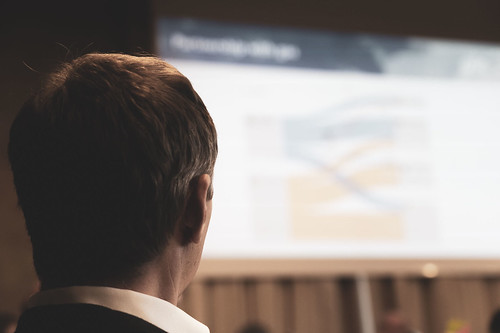Sector coupling and new gas markets
Third of a series devoted to “Sector coupling”, on Friday 15 November 2019, the Florence School of Regulation hosted the regulatory policy workshop: ‘How many gas markets?’ directed by Alberto Pototschnig (FSR Part-time Professor and ACER Director – ad interim), Andris Piebalgs (former EU energy Commissioner and FSR Part time Professor) and Ilaria Conti (Head of FSR Gas) Klaus Dieter-Borchardt, Deputy Director-General at European Commission’s DG Energy, attended as distinguished keynote speaker.
The main theme of the workshop was the new different types of “green gases” and the future market structure for those “gases”.
In the opening statement, Mr. Borchardt emphasised the importance of engaging in the discussions the potential end-users of hydrogen. The EU Commission official expressed a rather cautious view about the potential and cost-effectiveness of blending hydrogen with natural gas and praised the Florence School of Regulation for the facilitation of the discussion on sector coupling and on taxonomy in particular.
A taxonomy for gases
The new FSR taxonomy proposal – encompassing various forms of renewable and low-carbon gases, presented by Ms Ilaria Conti, set the scene for the debate. It was followed by a round of presentations from the FSR Donors, which included gas TSOs, an energy utility, ENTSOG and GIE.
The debate continued in the second session, with focus on the perspective presented by market operators and traders, who highlighted how keeping one wholesale market for gas has a value for market liquidity and transparency which should be preserved. They expressed a positive view on the creation of a EU-wide system of Guarantees of Origin (GOs) for renewable and low-carbon gases.
The representatives of National Regulatory Authorities and ACER raised a few issues such as: the high level of risk involved in the investment in low-carbon technologies; the need to adjust the balancing regime if there will be more gases coming from local sources; the need to monetise the benefits between electricity and gas systems, i.e. via mechanism similar to cross-border cost allocation (CBCA). Furthermore, questions were raised around the cost of convergence in case of new gases coming from various sources and their potential socialisation. Finally, the value of adopting a technology-neutral regulatory approach was discussed.
Takeaways from the workshop:
- The classification encompassing various types of renewable and low-carbon gases based on their environmental credentials (green value) and their usability could help to advance current discussions.
- In principle, the future gas market design should enable accommodate different approaches and different clusters of gases. The experiences of systems encompassing low-calorific (L-gas) and high-calorific (H-gas) gas could serve as an example.
- Based on their chemical features and usage, it seems more efficient to envisage separate markets for decarbonised gas and hydrogen. In principles, it’s possible to think of a single market for the two vectors, but this would require some parties (TSOs and DSOs) to undertake to provide any conversion services required to deliver the right vector to each user, which might be costly.
- Hydrogen blending with methane is perceived by some participants as a short-term and not efficient solution. In the long term, a dedicated hydrogen infrastructure and a dedicated hydrogen market could serve best the consumers’ needs.
- There may be scope for some support to kick-start the new technologies, by using sandboxes or temporarily loosening some unbundling requirements, but the transitionary nature of these interventions should be clear
- The current carbon price under EU ETS system is too low to stimulate the necessary investment. It remains to be seen if initiatives such as carbon border tax could bring about the necessary changes in this respect.
Previous Sector Coupling workshops:
- Coupling the Sectors: the definition of ‘sector coupling’ and ‘sector integration’ and the key challenges to their practical implementation
- Sector Coupling 2.0: Power-to-Gas in the EU decarbonisation strategy: the technological and regulatory aspects related to Power-to-Gas (PtG).








